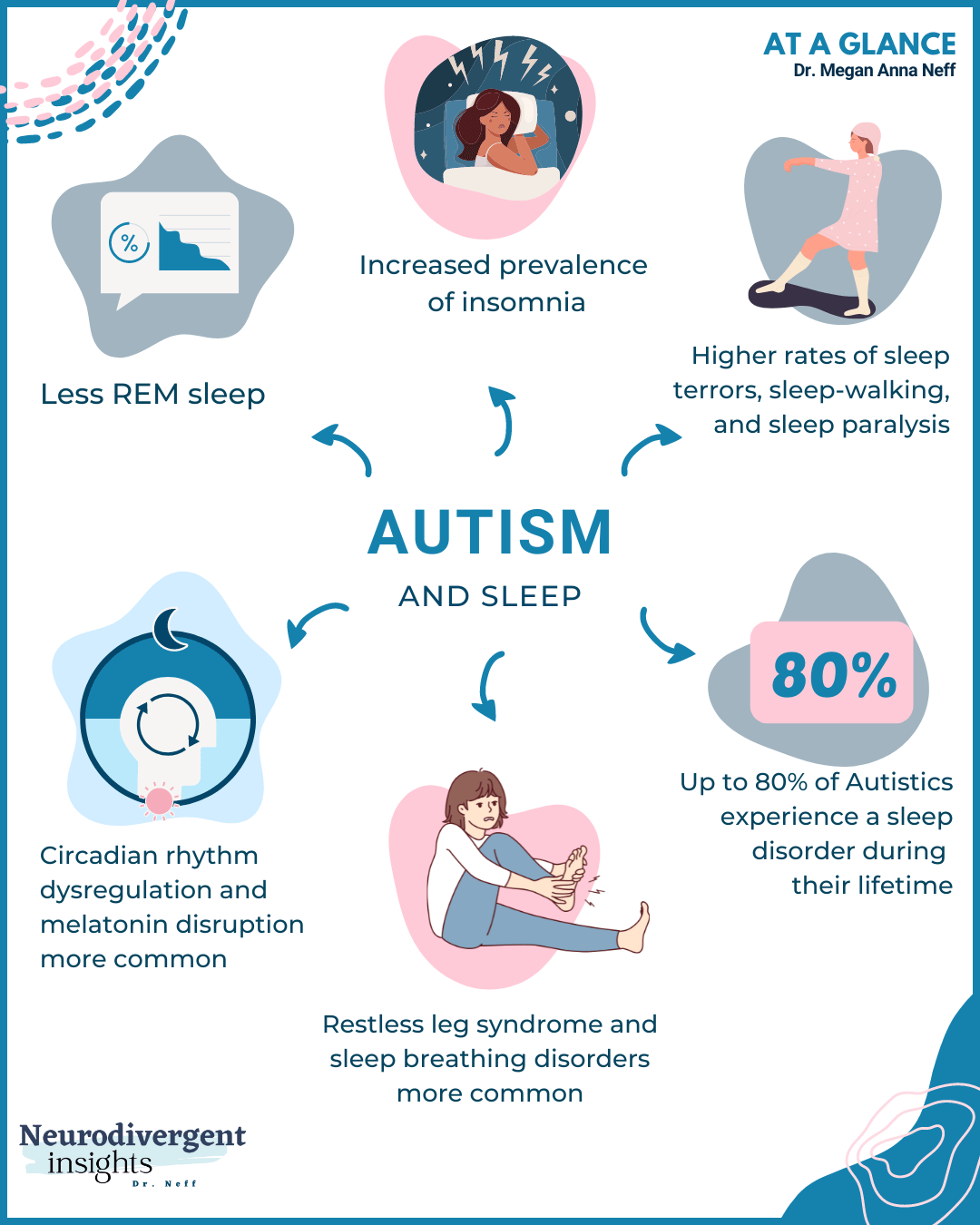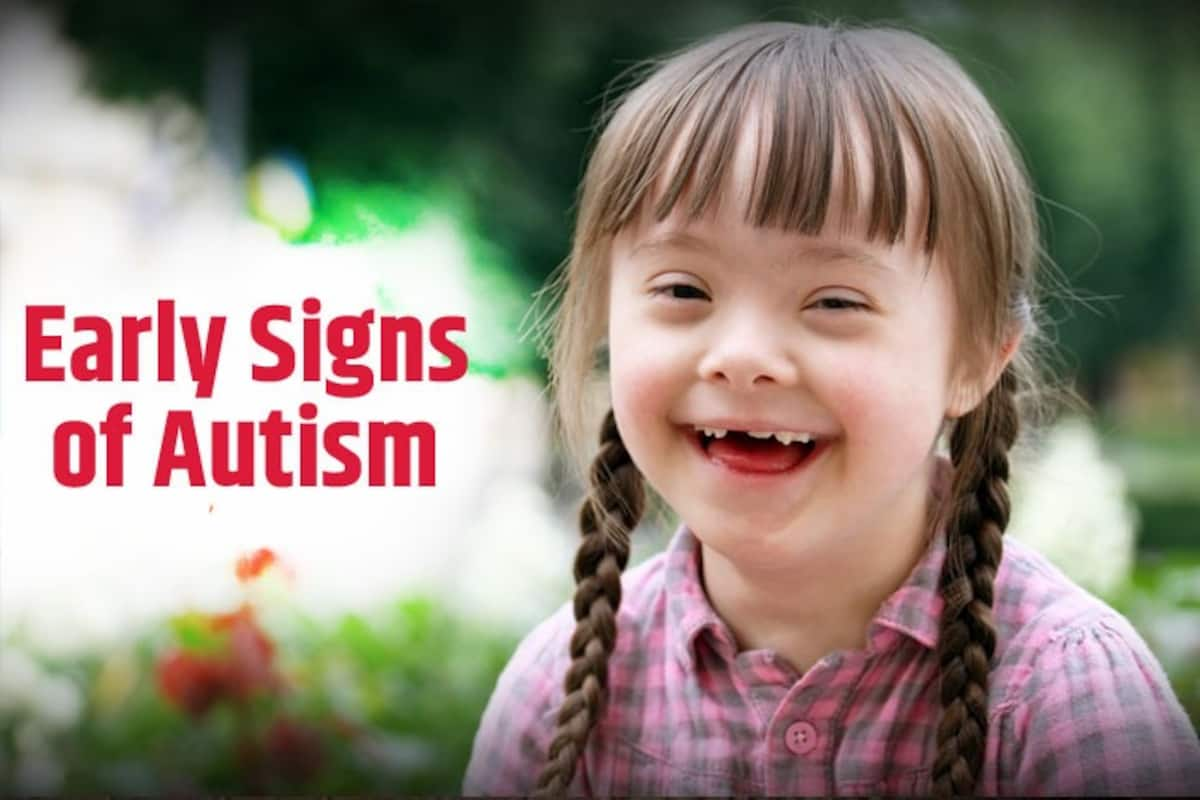Dealing With Typical Misconceptions: What You Need To Know About Autism Today
Exploring Autism: Approaches for Efficient Interaction and Communication
Efficient interaction and communication with people on the autism range necessitate a comprehensive understanding of their unique needs and preferences. The intricacies of these strategies reveal further considerations that warrant exploration, particularly in exactly how they can be adapted to diverse contexts and specific experiences.
Understanding Autism Range Disorder
Autism Spectrum Disorder (ASD) encompasses a series of neurodevelopmental conditions characterized by challenges in social communication, communication, and recurring habits. The term "range" shows the diverse indications and differing levels of seriousness experienced by people with ASD. While some may display substantial disabilities, others might display high-functioning qualities, enabling higher independence in life.
The start of ASD commonly happens in very early childhood years, with indicators usually identifiable by age 2. Very early indications might include postponed speech advancement, limited eye contact, and difficulties in comprehending social signs. The exact etiology of ASD remains unclear, study suggests a combination of ecological and genetic aspects plays a crucial function in its growth.
Individuals with ASD typically have distinct strengths, such as increased focus to detail and remarkable memory abilities. They might struggle with comprehending abstract concepts and managing changes to regular - autism. Consequently, treatments and support customized to private requirements are necessary for fostering interaction and social abilities. Acknowledging the intricacy of ASD is crucial for promoting recognition, acceptance, and reliable approaches that facilitate significant interactions with people on the range.

Relevance of Clear Communication
Efficient communication is essential for fostering understanding and connection, particularly for people with Autism Spectrum Condition (ASD) Clear communication not just assists in social communications yet likewise improves the individual's ability to share their emotions, ideas, and needs. For individuals with ASD, the nuances of language can often be challenging; as a result, making use of distinct and uncomplicated language is essential.
Moreover, clear communication helps reduce irritation and anxiousness that might emerge from misunderstandings. When messages are conveyed in a direct and regular manner, people with ASD are much better outfitted to analyze details precisely, which can dramatically enhance their social involvement and engagement in numerous setups.
Developing regimens and utilizing visual supports can additionally boost clear interaction. These strategies offer individuals with predictable structures that aid comprehension and retention of info. Additionally, proactively being and paying attention person during communications promotes an encouraging atmosphere where people with ASD feel valued and understood.
Eventually, focusing on clear communication not just encourages people with ASD but also cultivates more purposeful connections with their peers, caregivers, and the larger neighborhood, leading the way for inclusive interactions and joint partnerships. - autism
Non-Verbal Communication Techniques
Interaction prolongs beyond words, and for navigate here individuals with Autism Spectrum Condition (ASD), non-verbal hints play a substantial role in communications. Non-verbal communication strategies can include faces, motions, body language, and eye call, all of which function as essential components for communicating intentions and feelings.
Comprehending and interpreting these non-verbal signals can boost communications with people with ASD. As an example, a warm smile or open position can produce a welcoming atmosphere, motivating interaction. Utilizing visual aids-- such as picture cards or symbols-- can bridge interaction gaps and help convey messages more effectively.
It is also essential to be mindful of personal space, as individuals with ASD may have various convenience degrees pertaining to proximity. Observing their reactions to physical closeness can inform proper changes.

Creating Supportive Atmospheres
Creating a supportive setting is essential for promoting positive communications and improving the wellness of people with Autism Spectrum Disorder (ASD) Such environments can dramatically reduce anxiety and create a sense of safety, allowing people to express themselves extra openly.
To accomplish this, it is necessary to think about sensory sensitivities that individuals with ASD might experience. Modifying the physical area to include soft lights, marginal history noise, and comfy seats can produce a relaxing environment. Additionally, making use of regular routines and clear aesthetic routines can aid people expect changes and decrease uncertainty, additional promoting comfort.
Social areas need to be structured to lessen frustrating stimuli while supplying possibilities for engagement in preferred activities. Promoting locations marked for peaceful time can likewise act as a haven throughout minutes of stress. Importantly, integrating aspects of option encourages people, permitting them to work out agency in their environment.

Urging Social Communications
Fostering social interactions among individuals with Autism Spectrum Disorder (ASD) requires intentional techniques that prioritize comfort and engagement. Establishing predictable routines can help reduce anxiety, making social settings more friendly. Developing organized atmospheres with specified functions and obligations allows individuals to involve without the frustrating stress of disorganized social dynamics.
Integrating interests and strengths into social activities can serve as a catalyst for interaction. Arranging team tasks around shared pastimes or topics of attraction can assist in natural conversations and connections. Additionally, utilizing aesthetic assistances, such as social manuscripts or photographic routines, can assist in understanding social signs and expectations.
Modeling ideal more tips here social actions is important - autism. Adults and peers need to demonstrate effective interaction strategies, including active listening and turn-taking. Role-playing circumstances can also offer a risk-free room for people to practice these abilities
Finally, cultivating peer connections via inclusive methods is important. Urging inclusive playdates or group getaways can create chances for socializing in a comfortable setting. By applying these techniques, teachers and caretakers can dramatically boost social interactions for people with ASD, advertising their overall social advancement and wellness.
Verdict
In verdict, effective interaction and interaction methods are important for sustaining people with Autism Spectrum Problem. Ultimately, these methods empower people with autism to browse social landscapes, promoting their general health and enabling the advancement of long-term connections.
Reliable interaction and interaction with individuals on the autism range necessitate an extensive understanding of their unique needs and choices. Clear interaction not just helps with social communications yet additionally enhances the individual's capability to share their requirements, emotions, and ideas.Promoting social communications amongst people with Autism Range Condition (ASD) needs deliberate methods that focus on comfort and interaction. By carrying out these caregivers, strategies and educators can considerably improve social interactions for read review individuals with ASD, advertising their total social growth and wellness.
In conclusion, effective interaction and communication methods are vital for supporting individuals with Autism Range Condition.